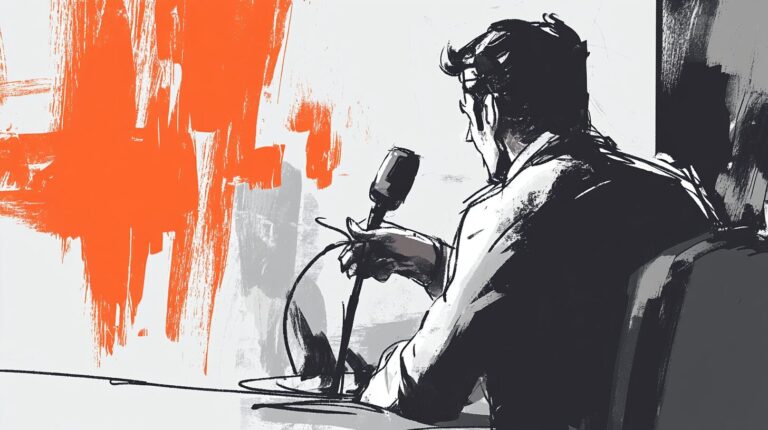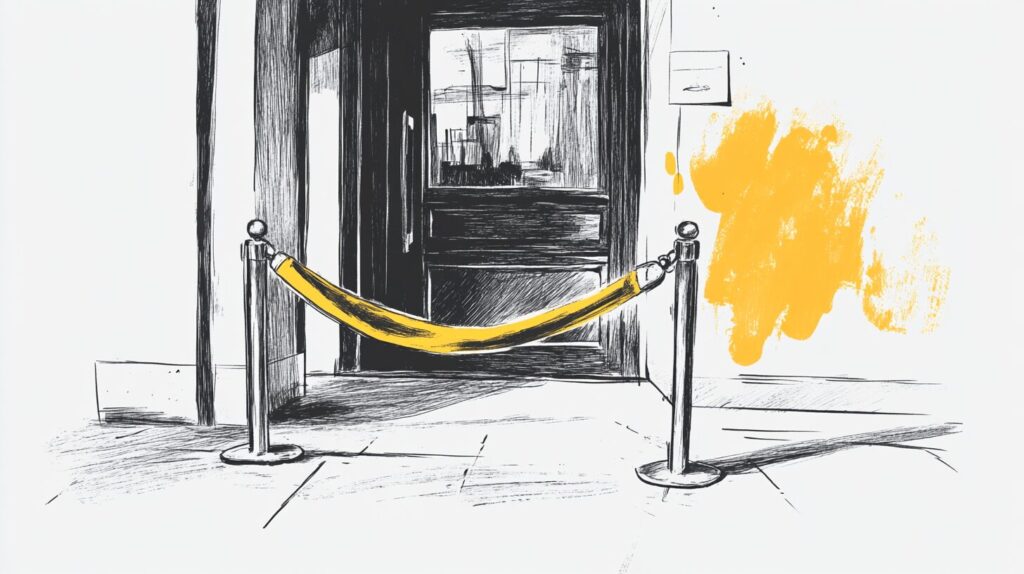We rarely stop to ask the fundamental question: What is this for?
Podcasts, talk shows, movies, blog posts, TikToks—every format exists for a reason. But the reason isn’t always what we assume.
- Late night talk shows in the 1960s weren’t about deep conversations. They were about filling airtime cheaply. Inviting on people with something to promote.
- NPR-style podcasts set the tone for early podcasting because radio professionals shaped the medium in the early days.
- Long-form movies are the standard because theaters need people to stay seated long enough to justify the ticket price.
Every creative format is born from a mix of economics, technology, and cultural shifts. If you’re a creator, the question “What is this for?” isn’t just interesting—it’s essential. Because when you understand the purpose behind a format, you can break its rules intelligently and use it to your advantage.
Blindly Following the Format
Many creators fall into the trap of imitating what’s already out there.
- Aspiring podcasters assume they need guest interviews because that’s what podcasts are.
- Writers stretch ideas into 2,000-word blog posts, even when 500 words would hit harder.
- Filmmakers force stories into 120-minute runtimes, when maybe 45 minutes would have been perfect.
When we copy a format without questioning it, we limit our creative potential.
Formats Exist for a Reason (But You Can Change the Rules)
The best creators aren’t just skilled—they’re intentional. They understand the expectations of a format, but they also know when to break them in service of the audience.
That’s why some of the most successful podcasts break the standard mold:
- Dan Carlin’s Hardcore History: No guests, no weekly schedule, just deep-dive storytelling that breaks all the “rules” of podcasting.
- Maintenance Phase – A podcast that debunks wellness and diet industry myths, using deep research and long-form storytelling to challenge mainstream narratives rather than simply reporting on trends.
- Sleep With Me Podcast: A sleep aid disguised as a podcast, designed to be boring enough to help people fall asleep.
These creators didn’t ask, “What should a podcast be?” They asked, “What is my audience really here for?”
Applying This to Your Work
Whether you’re a podcaster, a writer, a filmmaker, or an entrepreneur, the lesson is the same: Question the format.
1. Get Clear on the Purpose
Before hitting record, writing a word, or launching a project, ask:
- Who is this for?
- What problem does it solve?
- Why does it need to exist?
If you don’t have clear answers, you’re probably making something for the sake of making something.
2. Challenge the Default Rules
Every industry has “best practices” that people blindly follow. Challenge them.
- If you’re a writer, does your piece need to be long, or could it be a single sentence?
- If you’re making a YouTube video, do you really need to follow the 10-minute rule, or could a tight 3-minute video make a bigger impact?
- If you’re designing a product, do you need to follow conventional pricing models, or could a pay-what-you-want approach work?
3. Build a Format That Works for You
Don’t just copy. Adapt.
- If you hate interviewing people for your podcast, don’t do it. Create a solo format that plays to your strengths.
- If you love writing but hate Twitter threads, maybe LinkedIn essays or newsletters are your lane.
- If you’re a musician, do you really need to release albums, or could you drop a song every two weeks instead?
The right format is the one that works for you and your audience—not just the one that’s popular.
The Best Creators Redefine the Medium
Formats aren’t sacred. They evolve.
The creators who shape culture aren’t the ones who follow the rules—they’re the ones who ask better questions about why the rules exist in the first place.
So the next time you start a project, don’t just ask, “What should this be?”
Ask, “What is this for?”—and build from there.
If you enjoyed this post, please consider sharing it with someone else–the buttons below can help.
Thank you!




